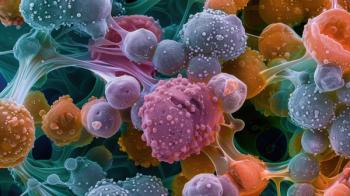
Changes in the Intestinal Biome Potentially Due to Pediatric Disease Treatment
Pediatric patients who underwent prolonged treatment with antibiotics showed a change in intestinal bacteria even after cessation of treatment.
The intestinal biome of pediatric patients could face long-term changes due antibiotic treatment for intestinal diseases, a recent study found.
"Our study suggests that the disease process and antibiotic treatment could have a far greater impact on intestinal microbial diversity than surgical intervention," said study first author Minna Wieck, MD.
Researchers in the study, published in Surgery, used swabs of the intestinal mucosa rather than only examining stool samples. They included 43 samples from patients who varied in age, breastfeeding status, disease, acuity, and other factors.
Researchers found that the intestinal lining of pediatric patients with inflammatory and ischemic disorders who underwent treatment with antibiotics remained changed after the condition was effectively treated. These patients had less diverse bacteria and different types of bacteria compared with pediatric patients with obstructive conditions that required surgical intervention.
Researchers also discovered that patients who had intestinal diversion had very little change in their intestinal floral in a comparison of the bacteria above and below the diversion, according to the study.
"Alterations in the microbiome are linked to many disease states and may also be associated with increasing surgical complications and long term effects in the children we treat," concluded principal researcher Tracy C. Grikscheit, MD. "Now we need to determine if the disease process or the extended antibiotic regimen is responsible for the changes we identified so that we can effectively care for the medical condition while minimizing any unintended, and potentially, far-reaching effects."
Newsletter
Stay informed on drug updates, treatment guidelines, and pharmacy practice trends—subscribe to Pharmacy Times for weekly clinical insights.


















































































































































































































